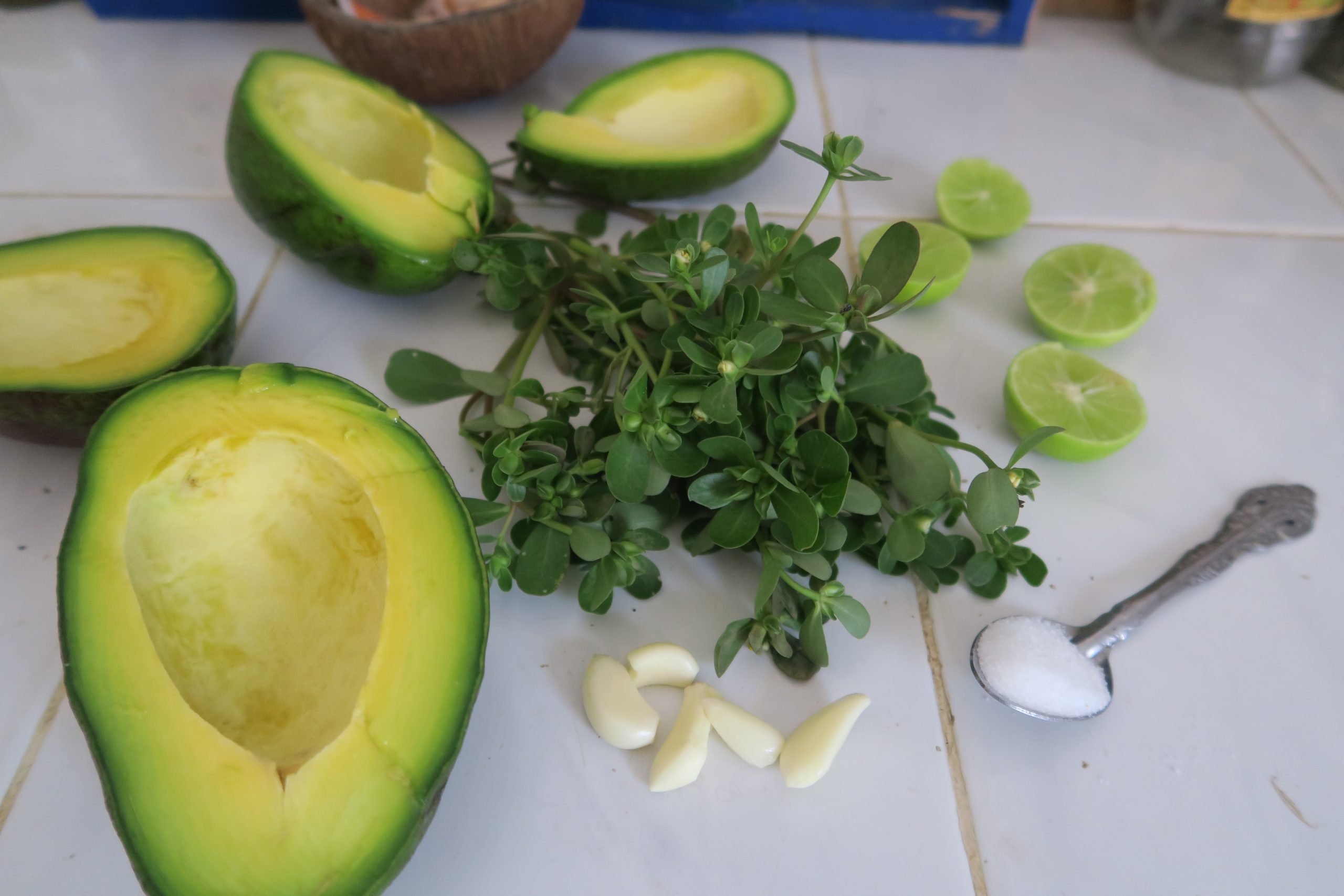Portulaca oleracea, duckweed, little hogweed, pursley or purslane, these are some of the names of the superweed known across Latin America as verdolaga.
The succulent belongs to the family Portulacaceae and can reach up to 40 cm (16 in) in height/length. It grows close to the ground, often coming out of cracks in the road and thus fooling many people that it is nothing more than a useless weed. That, however, can not be further from the truth! Verdolaga, which is actually considered a leafy green vegetable, has been proclaimed a superfood due to its high content of omega-3 fatty acids – higher than any other vegetable.
It is also an excellent source of Vitamin A (100 g provides 44% of RDA) vitamin C, and some B-complex vitamins like riboflavin, niacin, pyridoxine and carotenoids. Not to mention the fact that it contains essential dietary minerals, such as iron, magnesium, calcium, potassium, and manganese.

The plant is believed to be native to Iran or India but it is now grown and used in many countries in Latin America, Europe and the Middle East. There are commercial varieties that are preferred by farmers selling the green because, unlike the wild weed, they grow upright and don’t get as much soil on the leaves, making it easier to harvest and bunch. However, the kind that grows prostrate to the ground is just as good to eat, albeit a little harder to harvest.
Verdolaga can be enjoyed raw or cooked and both the leaves and stems are edible. The raw green is a great addition to dips or salads and cooked it can be added to soups, stews, omelettes, tofu scrambles or stir frys. It has a slightly tangy or salty taste, similar to spinach and watercress but cooking it brings out a little sweetness.

An easy way to add this superweed to your diet is the Verdolaga Guacamole. It’s quick, fresh, delicious and packed with vitamins and nutrients. All you need is:
- 2 Large Avocados
- A handful of fresh verdolaga (you can use the leaves and/or stems)
- 4 or 5 cloves of garlic (optional but a great addition!)
- 2 small limes
- Salt to taste
- A blender or strong arm muscles
Enjoy with totopos (tortilla chips), on toast or in your lunch burrito… the options are endless!

Some clues to look for when trying to identify verdolaga in the wild are the teardrop shaped leaves attached to green/red stems. When in bloom, there will also be bright yellow flowers at the ends of stems. When you break the stem in half, you should NOT see a white milky texture. If you do, that is a sign that the plant you’ve found is not edible. This is a general rule of thumb with most plants, dandelions being one exception.
Next time you go for a walk, keep your eyes on the ground and see if you can spot some of this superweed. Of course, it is best to harvest it away from busy roads to avoid pollution but a good rinse and you should be fine to eat this healthy green!
For The Yucatan Times Food and Drink
Bel Georgieva
—
Bel Georgieva is a Bulgarian-born, world-bred environmentalist and explorer, writing about conservation and sustainable, Earth-focused travel and lifestyle. You can find her on www.sustainabel.com or on Instagram as @beatlebel


